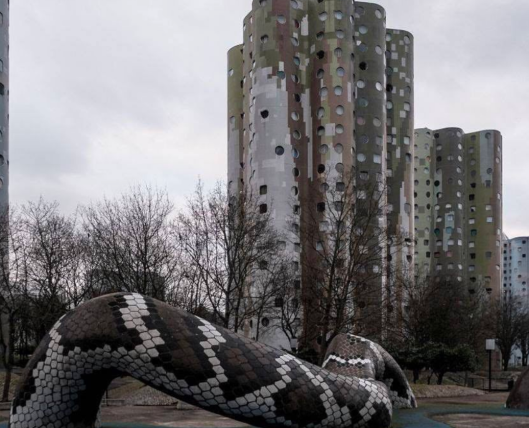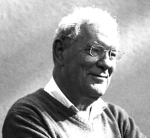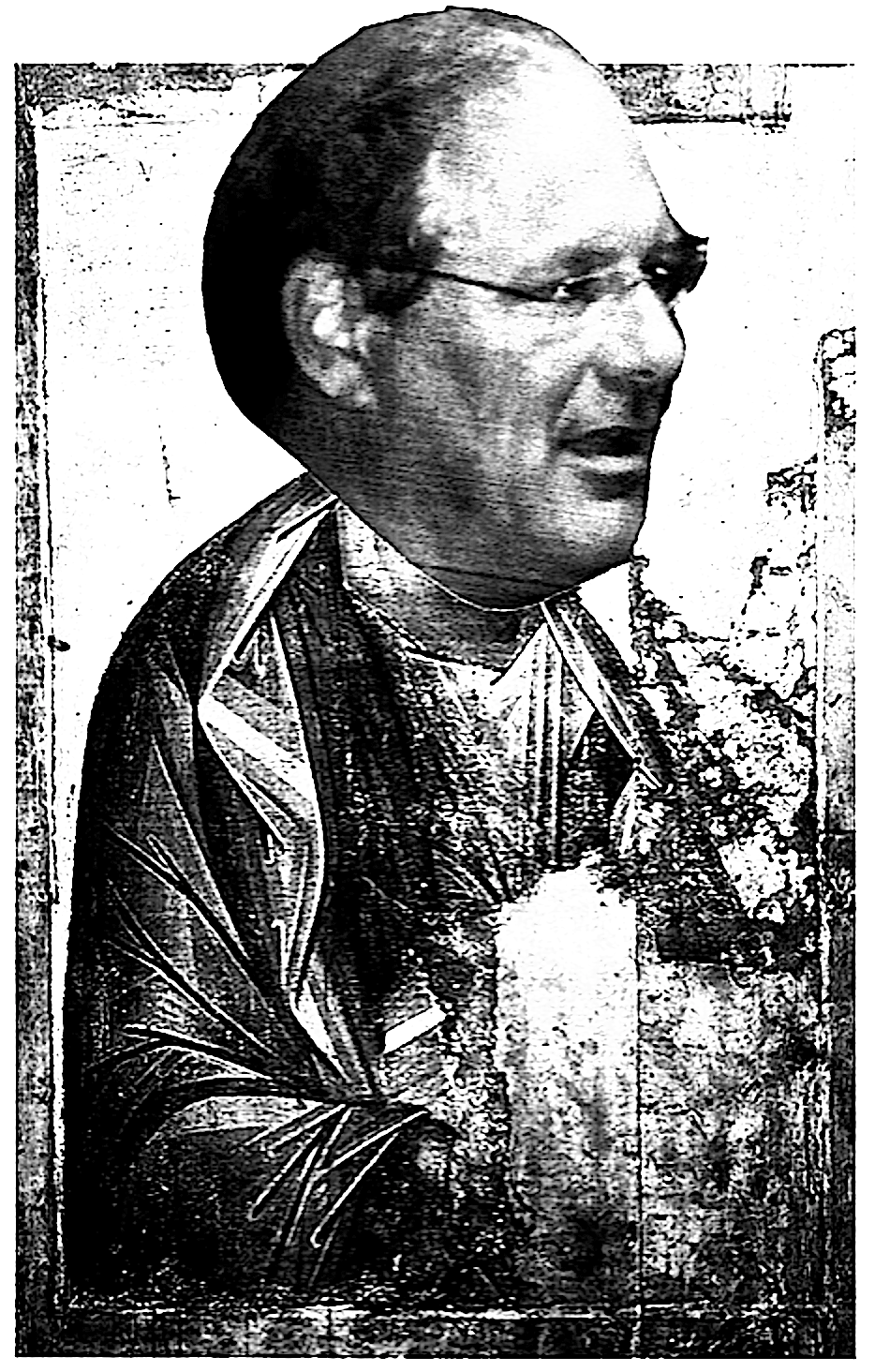Dalrymple writes that compared to the slum dwellers of São Paulo who erect their shacks in a day, the average French or British architect is
an æsthetic illiterate and incompetent, or perhaps moron would be a better word. Æsthetically, if not hygienically, the favelas of Rio de Janeiro are to the modernist quarters of Paris what Fra Angelico is to Damien Hirst.
Perambulating in one of the modernist quarters of Paris, he observes:
The inhumanity of the designs bespeaks a psychological talent, that of the torturer who is able to apply electric cattle prods to people during the day and sleep soundly at night, having persuaded himself that his work is socially useful or even laudable.
He surveys
a residential wilderness of concrete in which the small open spaces have the appearance of prison yards. They are surrounded by menacing iron fences. The best you can say of the buildings — dehumanising even when on a small scale, with the appearance of a bunker rather than of a house or even of an office — is that you can usually find something worse in a radius of 200 yards.
The desolation
demonstrates that modern architects have about as as much regard for human individuality as they have for that of cockroaches.
Dalrymple believes the architects
have some subliminal idea of the evil that they have perpetrated. They utter the modernist mantra ‘Form follows function,’ the function in this case being the cooping up of African immigrants, needed as cheap labour, in the human equivalent of battery chicken farms. Yet the architects display some faint awareness that man does not live by function alone, so that, having erected concrete boxes of various dimensions from tiny to vast, they then, as an afterthought, append meaningless decoration to the boxes, say a zigzag pattern painted on a side wall, or a concrete false wall with a hole or a slash in it, the wall sometimes painted mauve or apple green in contrast to the grey behind and surrounding it.
The architects
have thus invented something new and unprecedented in architecture, features that are neither functional nor decorative, that is to say decorative in any positive way, any way that might lend grandeur, elegance, charm, or tenderness to a building. It is a sign of a bad conscience and an inchoate awareness that the inhabitants have been treated as no human beings ought to be treated, as inanimate units. No doubt the size of the population, and bureaucratic complexities, ensure that large numbers of people are treated this way some or all of the time; but that is no excuse for incarnating this lamentable fact in architecture.
The political slogans that adorn the outer walls of the ground floor of many of the inhuman buildings are
anarchist rather than communist. Perhaps this is because of some awareness of the affinity of communism and fascism for this kind of architecture, as a factory for the production of the New Man who has only the supposed collective or national interest in his mind and no personality or character of his own. Between these buildings in Paris and those in Russia under Khrushchev or Brezhnev, or in Romania under Ceaușescu, there is nothing to choose.
Dalrymple notes that communist iconography glorified construction and was full of factories and smoking chimneys as symbols of progress. By contrast, the anarchist slogans are
much more fixated on the physical destruction of things. Looking round, it is not difficult to see why, and even to sympathise with this emphasis, albeit that Bakuninite anarchism is no more likely to bring about human happiness than is Marxist communism.
He thunders:
The hideousness of what has, on a very large scale, been constructed—at a time of prosperity unprecedented in human history—is shameful.




















